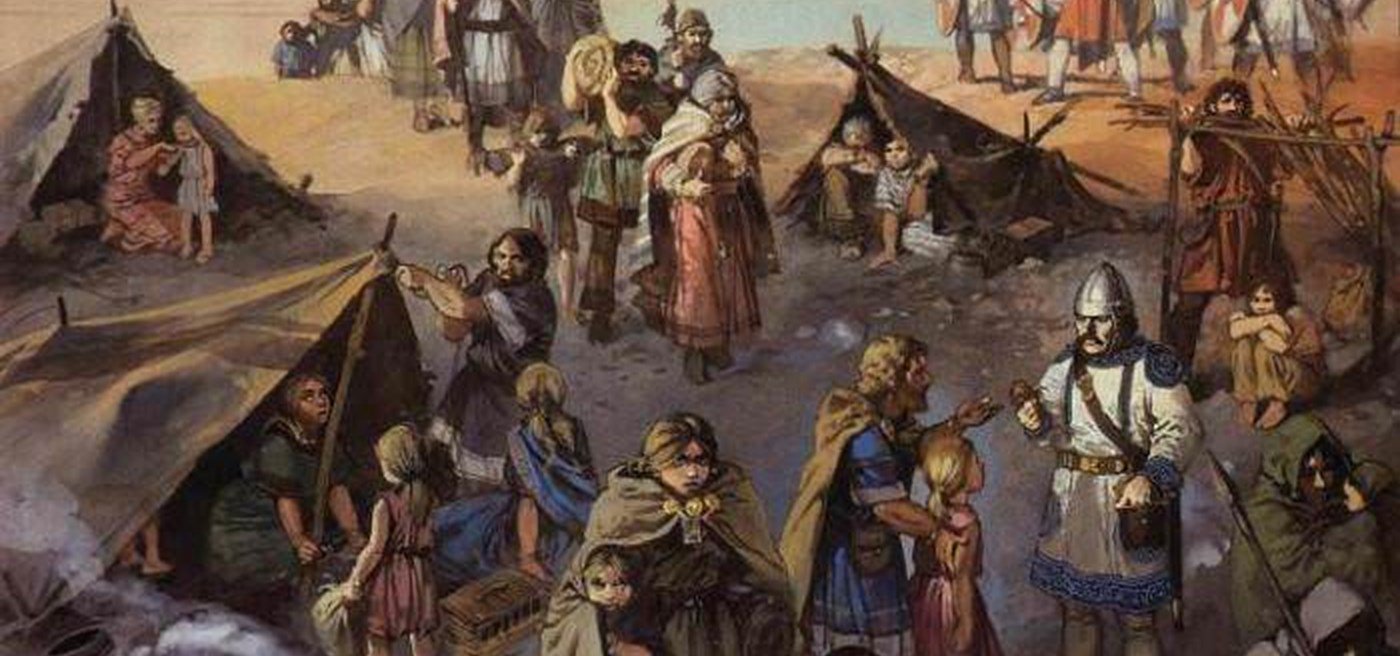
This became necessary to garrison the Republic's now far-flung territories. Gaius Marius' reforms transformed legions into standing units, which could remain in being for several years, or even decades. Usually they were authorized by the Roman Senate, and were later disbanded. Until the Marian reforms of 107 BC, the Republican legions were formed by compulsory levy of Roman citizens (who met a minimum property qualification) and raised whenever it was necessary. For example, in addition to the spellings "IV", "IX", "XIV", "XVIII" and "XIX", the respective spellings "IIII", "VIIII", "XIIII", "XIIX" and "XVIIII" were commonly used. The legions were identified by Roman numerals, though the spelling sometimes differed from the modern "standard". This was the result of the military reforms of Emperors Diocletian and Constantine I, and of further developments during the 4th century. What is clear is that late legions were radically different in size, structure and tactical role from their predecessors, despite several retaining early period names. Augustus and his immediate successors transformed legions into permanent units, staffed by entirely career soldiers on standard 25-year terms.ĭuring the Dominate (late Empire, 284–476), legions were also professional, but are little understood due to scarcity of evidence compared to the Principate.

The remaining 28 legions became the core of the early Imperial army of the Principate (27 BC – 284 AD), most lasting over three centuries. However, when Augustus became sole ruler in 31 BC, he disbanded about half of the over 50 legions then in existence. Large numbers of new legions were raised by rival warlords for the civil wars of the period 49-31 BC. Legions became standing units, which could remain intact long after a particular campaign was finished. By the early 1st century BC, legions were mixed volunteer/conscript units. Until the 1st century BC, legions were temporary citizen levies, raised for specific campaigns and disbanded after them. Primarily focusing on Principate (early Empire, 27 BC - 284 AD) legions, for which there exists substantial literary, epigraphic and archaeological evidence.

This is a list of Roman legions, including key facts about each legion,


 0 kommentar(er)
0 kommentar(er)
